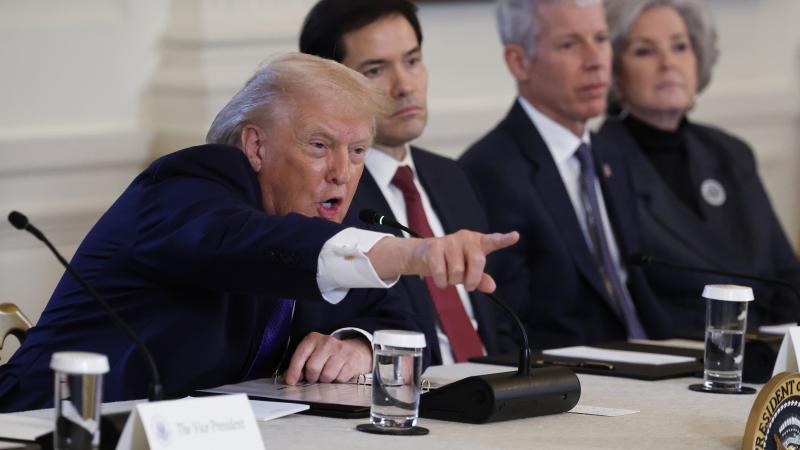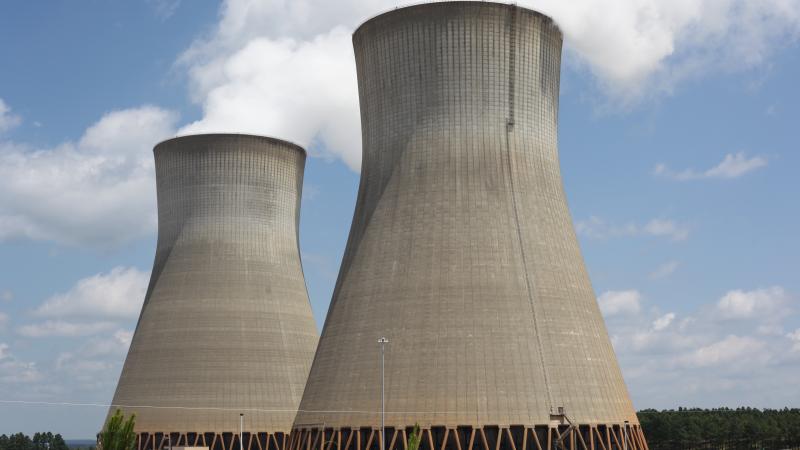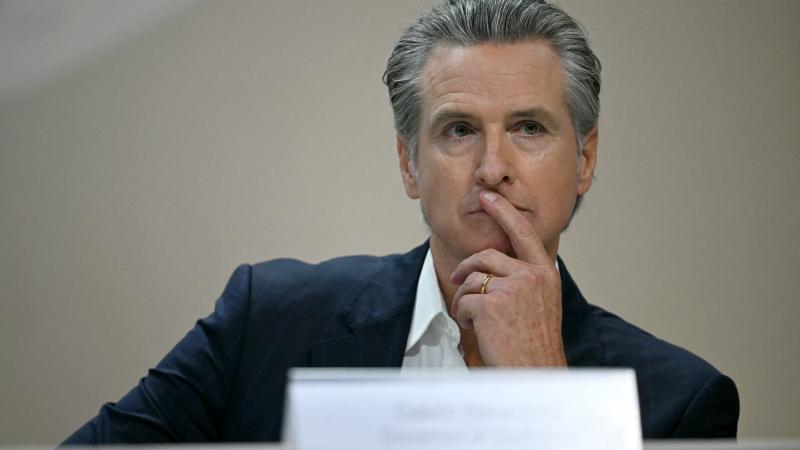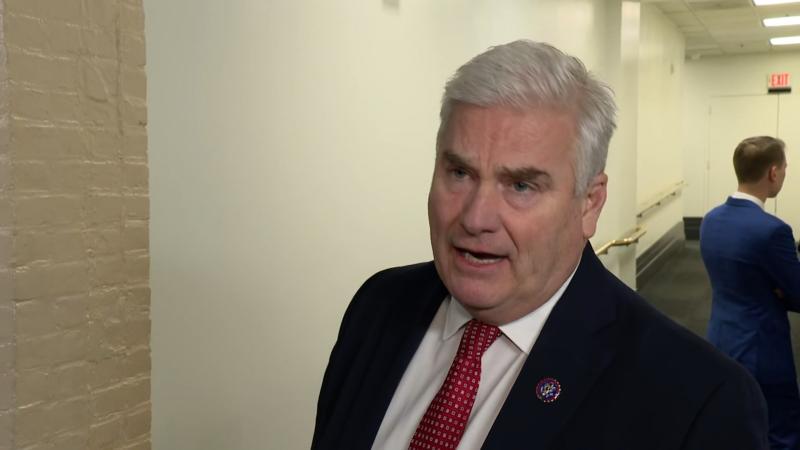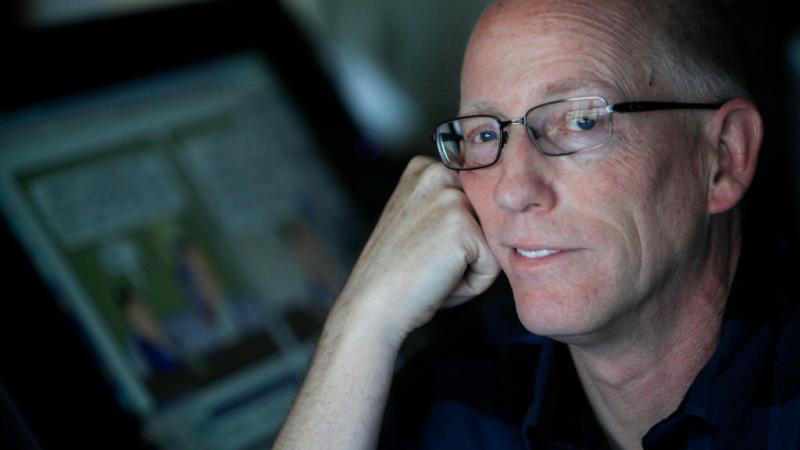Analysts: 'Irrational' policies drive coal plant shutdowns, incentivize overbuilding wind farms
The South Dakota Public Utilities Commission told the utility that the “premature closure of these [coal] plants adds to the uncertainty of electrical generation resource adequacy in the upper Midwest.” Some energy experts call the government's policies "irrational."
Despite ongoing warnings that the electricity grid of the United States is becoming increasingly unstable, a major utility is moving forward with the elimination of two major coal-fired power plants in the upper Midwest. Energy analysts say the instability is a byproduct of the shutdown of reliable generation sources.
Minneapolis-based Xcel Energy closed one of three coal units at Sherburne County Generating Plant, in December, as part of its plans to deliver 100% carbon-free electricity. It will shut the other two stations down, according to the Star Tribune, by 2030. The utility will also shutter its Allen S. King coal plant by 2028.
The South Dakota Public Utilities Commission is asking Xcel Energy to reconsider the plan, warning the “premature closure of these plants adds to the uncertainty of electrical generation resource adequacy in the upper Midwest.”
Isaac Orr, policy fellow for the Center of the American Experiment and co-author of “Energy Bad Boys,” told Just The News that the move to shut down the plants is part of an increasingly irrational energy policy that encourages bad decisions.
The Sherburne County Generating Plants provide power to the Midcontinent Independent System Operator (MISO), which manages the flow of electricity across 15 states and the Canadian province of Manitoba.
In its latest assessment, the North American Electric Reliability Corporation, a grid watchdog, warned that the MISO region is under some of the highest risks for resource inadequacy, which means that during peak demand periods, rolling blackouts are a possibility. Xcel Energy, according to the Energy News Network, is even looking at variable rates to encourage customers to conserve energy and use it during off-peak periods.
Orr said it’s problematic that utilities are substituting having adequate electricity generation for programs to discourage energy use. “It’s like saying, ‘Oh you’re hungry? Have you tried skipping lunch?’ To me, that’s not okay,” Orr said.
Other People’s Electricity
Orr said that Xcel Energy has a capacity surplus, according to the way MISO over credits wind and solar capacity. “I think that's problematic, especially in winter, if you think that wind is going to show up at negative 23 [degrees]. I think that you're mistaken,” Orr said.
Orr added that as Xcel shuts down its coal capacity, it’s going to move into a situation where it doesn’t have enough electricity to meet demand, such as during a severe cold snap. Their plan, he said, is to just import power from resources in the MISO territory. “The problem with that is eventually you run out of other people's electricity,” Orr explained.
Michigan, Minnesota, Illinois and Nebraska have all set goals to decarbonize their grid by 2040 or 2050, which will mean eliminating coal-fired power plants entirely. These goals are on top of federal green energy mandates.
Driving the grid toward a greater reliance on wind and solar energy resources, besides increasing risk of blackouts, it’s also driving up utility bills. According to the U.S. Energy Information Administration, the average residential bill increased by 15% from 2020 to 2022.
Citing Regulatory Research Associates (RRA) data, “Energy Bad Boys” reports that the number of rate increase requests are rising, as well as the dollar amount of those requests. According to RRA, utility rate increases totaled nearly $24 billion by the end of the third quarter of 2023, which exceeds all of 2022 by $7 billion.
Twisted Incentive
Orr said that he and fellow writer Mitch Rolling, who is also a policy fellow at the Center of the American Experiment, started posting articles on “Energy Bad Boys” because they “like beating up on bad arguments that wind and solar advocates make for their preferred energy policies.”
Investor-owned utilities like Xcel are regulated monopolies, the writers explain in “The Death of a Wind Farm,” meaning they are prohibited from making profits on the electricity they sell. They can only charge enough to cover the cost of providing electricity and a 10.2% rate of return on equity when they spend money on capital assets. This includes everything from wind farms to new corporate offices. They only need public utility commissions to approve the expenses.
That profit declines every year as the capital assets depreciate in value, which means the utilities have an incentive to build as many wind farms as possible.
Federal production tax credits (PTC) are also creating incentives to overbuild wind farms and refurbish the turbines before the end of their expected lives. The PTCs expire after the first 10 years of a wind farm’s life, unless the turbines are furbished. As a result, Rolling and Orr explain, wind farm operators are incentivized to refurbish the turbines well before their useful life.
Negative Pricing
The PTCs also provide $26 for each megawatt hour of electricity that a wind farm produces, and the credit is received whether or not the electricity is being consumed.
Currently, the transmission line capacity isn’t capable of transporting all the energy these wind farms produce, which causes power prices to go negative, but as Rollin and Orr explain, thanks to PTCs, even at negative electricity prices, wind farms still turn a profit. Data from Berkeley Lab shows areas with the most wind farms are also areas with the most frequent negative electricity pricing.
Utilities in the U.S. are shutting down coal plants and not building any new ones. Besides federal emissions regulations, Orr said that they are incentivized to shut down depreciating assets, which means older coal plants.
An Xcel spokesperson told Utility Dive that the utility plans to complement its variable generation sources with planned nuclear power plants and 800 megawatts of hydrogen-ready combustion turbines, in addition to several hundred miles of transmission lines.
At the same time, wind and solar farms require some form of reliable backup, which is increasingly being supplied by natural gas-fired power plants. So, as utilities build out wind and solar, they will also need to invest in more new gas turbines. The end result is more profits.
Orr also said “They love the fact that the stuff that they're being mandated to build isn't very good. That's a recipe to print money if you're a regulated utility. And that's exactly what Excel is doing.”
The Facts Inside Our Reporter's Notebook
Links
- elimination of two major coal-fired power plants
- asking Xcel Energy to reconsider the plan
- Center of the American Experiment
- Energy Bad Boys
- Sherburne County
- Midcontinent Independent System Operator
- North American Electric Reliability Corporation
- according to the Energy News Network
- all set goals to decarbonize their grid by 2040 or 2050
- driving up utility bills
- Regulatory Research Associates
- reports that the number of rate increase requests are rising
- average residential bill increased by 15% from 2020 to 2022
- The Death of a Wind Farm
- even at negative electricity prices
- data from Berkeley Lab shows
- shutting down coal plants and not building any new ones
- spokesperson told Utility Dive

